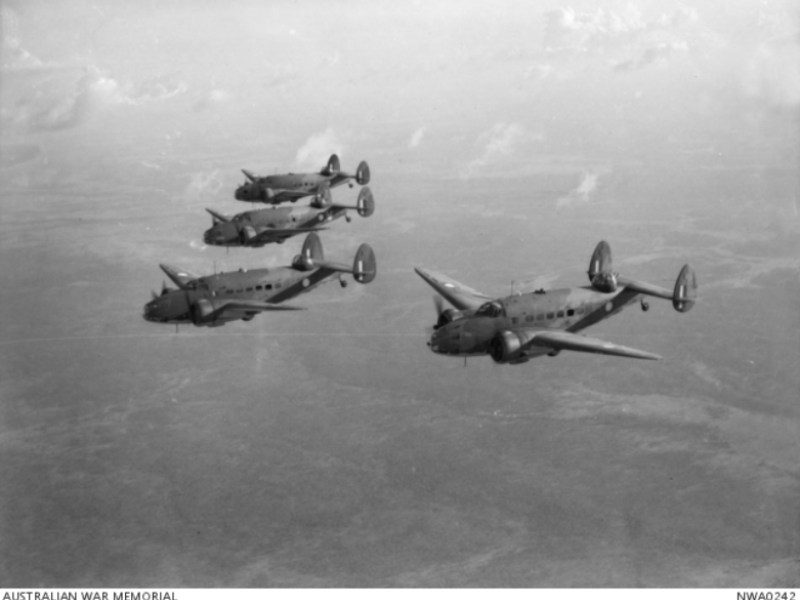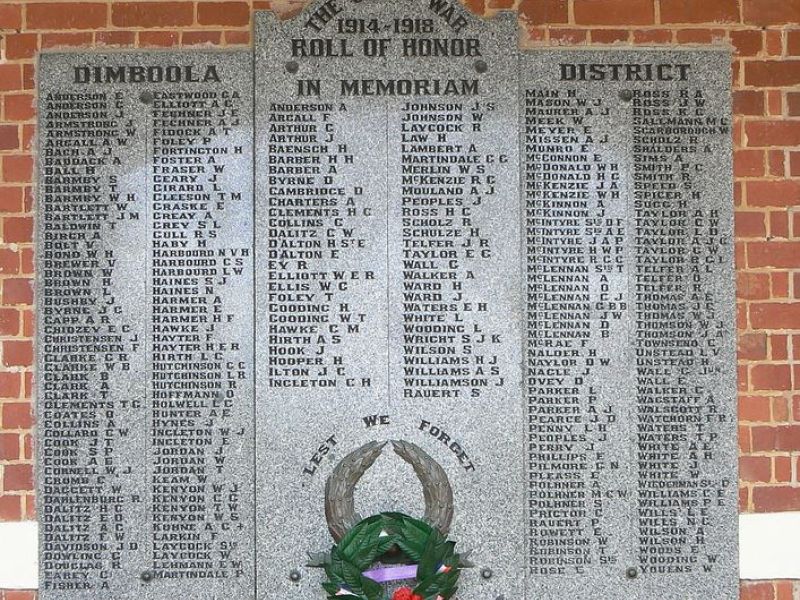Corporal Roy Ernest Andrews, No. 2 Squadron, Royal Australian Air Force
Roy Andrews was born on 25 March 1916, to Ernest and Myrtle Andrews of Portland, Victoria. He attended Portland Higher Elementary School, and then worked around Portland and Dimboola as a wireman and shift electrician.
Andrews enlisted with the Royal Australian Air Force in July 1940 in Melbourne. As he was working in a reserved occupation and needed the permission of his employer, he secured letters from the Borough of Portland Electric Supply and the Dimboola Power House, which both reported that Andrews was very keen on becoming an electrical mechanic.
Despite just failing the practical experience part of his trade test, he was ranked suitable as an electrical trainee. He was sent for technical training in West Melbourne, and then trade training at Point Cook. In February 1941 he joined No 2. Squadron at Laverton and worked as an electrical fitter.
In early December 1941, shortly before Japan’s entry into the war, No. 2 Squadron moved to Darwin, where it deployed detachments to the islands to Australia’s north, including Timor in the Dutch East Indies. Andrews was promoted shortly after this move, given the rank of corporal on 1 January 1942.
By mid-February it was clear that the Japanese invasion was imminent. The surviving aircraft of No. 2 Squadron, which had flown several missions against Japanese bases and shipping, were despatched to Darwin.
When the Japanese invaded Timor on 20 February, Corporal Andrews was one of 29 ground staff who volunteered to stay behind to provide radio contact and destroy equipment and stores. Taking to the hills in Timor, the group were confronted by the challenge of evading the Japanese while finding food, and coping with the ravages of malaria, tropical ulcers, and malnutrition.
Once the fittest of the group, by April, Andrews’ health began to deteriorate. He eventually lapsed into unconsciousness, dying in his sleep on the night of 13 April 1942, four days before the group was rescued by the US submarine Searaven.
Originally buried under a tree at Toeakaoe on Timor, his body was later reburied at Ambon War Cemetery.
Roy Andrews was 26 years old.
Duncan Beard, Editor, Military History Section

 Australian War Memorial
Australian War Memorial